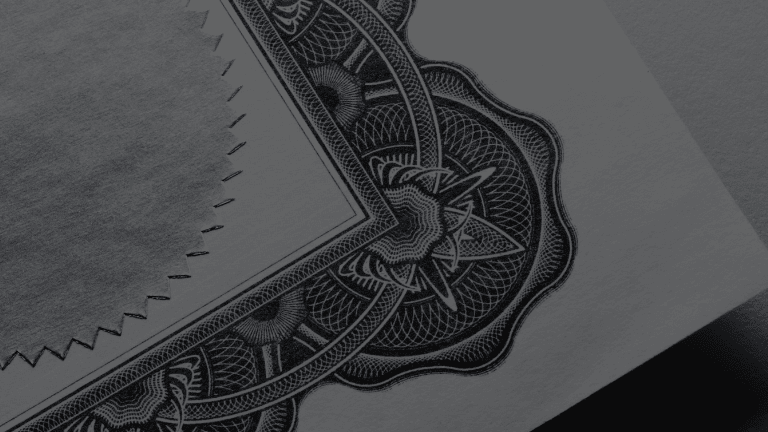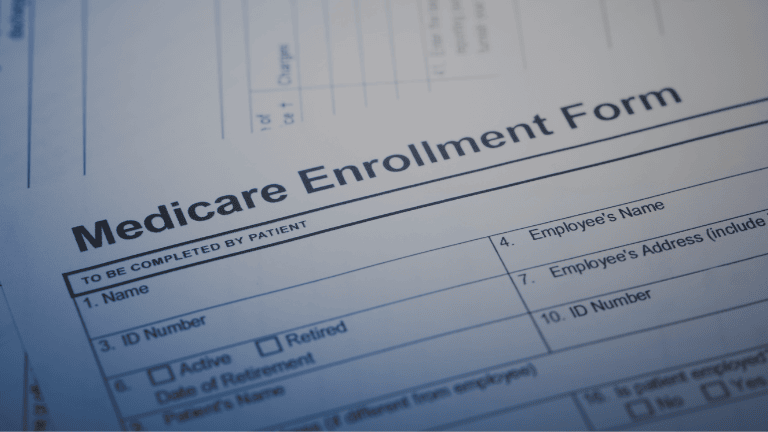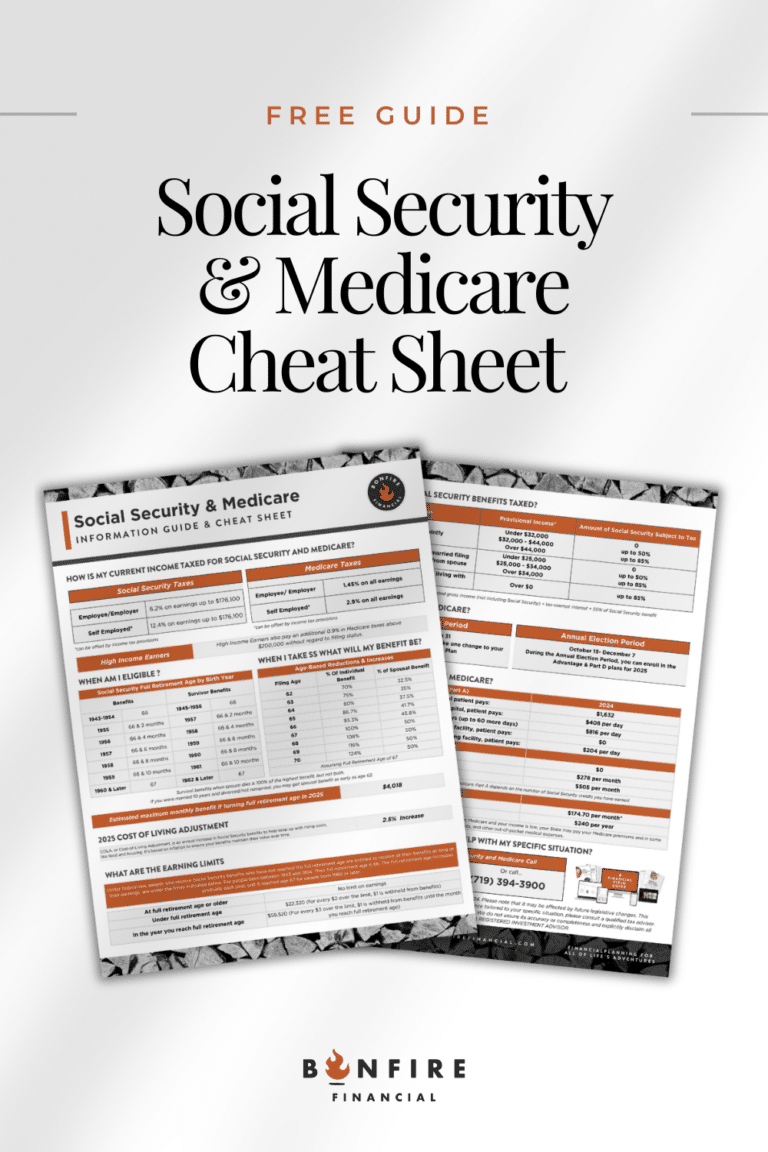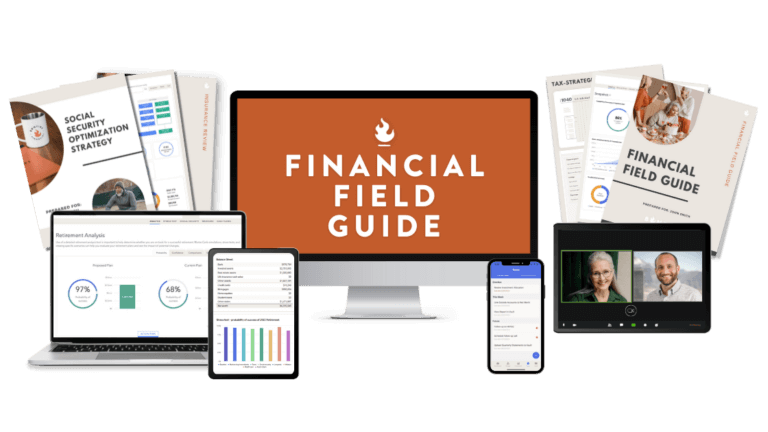The name might sound exclusive or even clandestine, but a Backdoor Roth is simply a powerful financial tool, particularly for high-income individuals seeking tax-savvy savings strategies for retirement. In the most recent episode of The Field Guide Podcast, Brian Colvert, CFP® unpacks the intricacies of Backdoor Roth IRAs, an often-misunderstood approach to tax-efficient retirement saving. He covers everything from the basics of Roth IRAs to navigating the complexities of Backdoor conversions, offering actionable tips for maximizing wealth-building potential. Whether you’re a high-income earner or simply looking to optimize your retirement savings, this episode provides a comprehensive guide to leveraging a Backdoor Roth IRA.
Listen Now:
iTunes | Spotify | iHeartRadio | Amazon Music
Understanding Traditional and Roth IRAs
First, let’s establish a foundation by understanding traditional and Roth IRAs. Traditional IRAs allow pre-tax contributions, meaning you don’t pay taxes upfront on the invested amount. However, taxes are deferred until withdrawals in retirement, when they’re taxed as income. In contrast, Roth IRAs involve after-tax contributions; taxes are paid upfront, but growth and withdrawals are tax-free. This provides a significant advantage, especially in the long run.
The Power of Tax-Free Growth
The magic of a Roth IRA lies in its tax-free growth potential. Considering the extended time horizon of retirement planning, funds in a Roth IRA can compound significantly without the drag of taxes. This offers a valuable asset for your golden years. Additionally, the tax benefits extend beyond your lifetime. Roth assets can be passed on to heirs tax-free, providing a lasting financial legacy.
Income Limits and the Backdoor Solution
The IRS sets income limits for people who can directly contribute to a Roth IRA. These limits apply to your modified adjusted gross income (MAGI) which is basically your total income minus certain adjustments. If your MAGI exceeds the limit, you can’t contribute directly to a Roth IRA for that year.
This is where the Backdoor Roth IRA strategy comes in.
The Backdoor Roth IRA in Action
The Backdoor Roth strategy involves making after-tax contributions to a traditional IRA and then converting those funds into a Roth IRA. Unlike direct contributions, there are no income limits for Roth conversions, making it an attractive option for high earners to access tax-advantaged savings.
The Pro-Rata Rule: A Potential Hurdle
This is where things get a bit more nuanced. There’s an important caveat – the pro-rata rule. When converting funds from a traditional IRA to a Roth IRA, any pre-tax amounts in existing IRAs are factored into the conversion. If a significant portion of your IRA holdings is pre-tax, the conversion will trigger taxes on a proportional basis.
Here’s a simplified example:
- Let’s say you have a $10,000 pre-tax balance in an existing traditional IRA and make a $5,000 non-deductible contribution for a Backdoor Roth.
- The total balance in your traditional IRA before conversion is now $15,000.
- When you convert the entire $15,000 to a Roth IRA, the pro-rata rule kicks in because you have both pre-tax and non-deductible contributions.
- In this scenario, the non-deductible contribution makes up one-third ($5,000) of the total balance ($15,000). So, one-third of the conversion (or $5,000) would be considered tax-free from your non-deductible contribution.
- The remaining two-thirds ($10,000) of the conversion would be considered a taxable distribution from your pre-tax contributions. However, since you already paid taxes on this money when you initially contributed it, you wouldn’t owe additional income tax, but you would owe taxes on any earnings those pre-tax contributions generated within the IRA.
Minimizing Tax Implications
For individuals with substantial traditional IRA balances, exploring options to mitigate tax implications, such as rolling over funds into an employer-sponsored 401(k), might be advisable. However, for those without existing IRA balances, the Backdoor Roth presents a compelling opportunity for tax-efficient retirement savings.
Don’t Underestimate Tax-Free Growth
Despite the contribution limits on Roth IRAs, the benefits of tax-free growth shouldn’t be downplayed. Even if contributions are capped, every dollar invested in a Roth IRA has the potential to grow tax-free, providing a valuable asset for retirement. Prioritizing tax-efficient investment vehicles like the Roth IRA can significantly enhance your financial security in retirement.
Seeking Professional Guidance
Navigating the complexities of retirement planning and tax optimization can be overwhelming. Talking to a CERTIFIED FINANCIAL PLANNER™ ( CFP®) about a Backdoor Roth IRA can be really beneficial:
Eligibility and Tax Implications: A CFP® can confirm your eligibility for a Backdoor Roth IRA. There are income limits for directly contributing to a Roth IRA, and the Backdoor method is a work-around. A CFP® can ensure it makes sense for your income level and tax situation.
Pro-Rata Rule: This rule gets tricky. If you already have pre-tax money in a traditional IRA, converting to a Roth triggers taxes on some of it. A CFP® can help you calculate the tax impact and navigate the pro-rata rule to minimize any tax burden.
Optimizing your plan: The Backdoor Roth might not be the only option. A CFP® can look at your entire retirement picture and suggest the best strategy for your goals. This might include maximizing contributions to other accounts like a 401(k) before considering a Backdoor Roth.
Avoiding Errors: The Backdoor Roth IRA process involves specific steps. A CFP® can ensure you complete them correctly to avoid issues with the IRS. While you can research the Backdoor Roth IRA yourself, a CFP® brings their expertise and experience to personalize the strategy for you. They can ensure it fits your specific financial situation and helps you reach your retirement goals.
Next Steps
At Bonfire Financial, we specialize in guiding individuals through the intricacies of financial planning. We help you chart a course from your current financial position to your desired retirement lifestyle. Whether you’re exploring the Backdoor Roth or seeking comprehensive financial advice, we’re here to assist you every step of the way.
Let’s schedule a call to discuss your specific situation! Book here now!
 Client Login
Client Login







